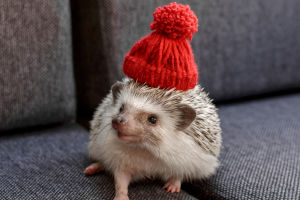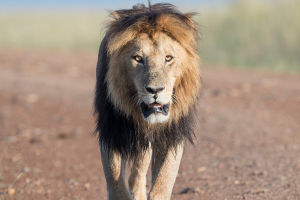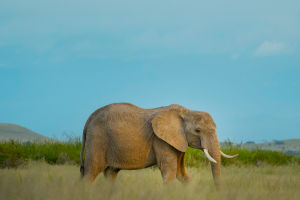Have you ever wondered how species keep adapting to survive in changing environments? Evolution and natural selection are not just ancient history—they are happening all around us today.
By examining real-life examples, we can see how natural selection shapes organisms' traits, enabling them to thrive or struggle based on their surroundings. Let's explore some fascinating cases that bring evolutionary theory vividly to life.
Natural Selection: The Engine of Evolution
Natural selection, first formulated by Charles Darwin, means that individuals with traits better suited to their environment tend to survive and reproduce more successfully. These advantageous traits become more common in the population over time, driving evolution. This process happens continuously, influenced by shifts in climate, food availability, predators, disease, and human impact.
According to Dr. Joseph Pickrell, an evolutionary geneticist specializing in population genomics:
"Beneficial genetic variations consistently increase in prevalence across generations through persistent selective pressures. This process persists as an active force, dynamically shaped by environmental shifts, pathogen dynamics, resource distribution changes, and anthropogenic influences."
House Sparrows Adapt to Different Climates
An illuminating example involves house sparrows introduced to North America in the 1800s. Populations established in different regions are evolving distinct traits: northern sparrows tend to be larger and darker than their southern relatives. Darker colors absorb heat better, and larger bodies lose heat more slowly—both beneficial in colder environments.
This variation is a direct response to differing selective pressures and demonstrates natural selection shaping traits within a species over just a few centuries.
Peppered Moths: Classic Industrial Evolution
During Britain's Industrial Revolution, the once-common light-colored peppered moth became camouflaged poorly against pollution-darkened tree bark, making it vulnerable to predators. Meanwhile, naturally occurring dark-colored moths gained a survival advantage and increased in frequency. When air quality improved decades later, lighter moths returned.
This example powerfully illustrates how environmental changes can shift selective pressures and rapidly influence populations.
Bacteria Evolving Antibiotic Resistance
One of the most urgent and visible cases of natural selection is antibiotic resistance in bacteria. When exposed to antibiotics, most bacteria die, but a few with genetic variations that confer resistance survive and multiply. This leads to strains that withstand treatment, posing significant challenges to medicine. This rapid evolution is a direct result of natural selection acting under human influence and emphasizes evolution's immediate relevance to human health.
Galápagos Finches: Nature's Laboratory
Darwin's finches highlight evolution by natural selection through their beak variations adapted to available food sources. During droughts, finches with deep, strong beaks survive better by cracking tougher seeds, whereas during wet years, smaller beaks suffice for softer seeds. Long-term data reveal these populations' beak sizes fluctuate with environmental conditions, an ongoing example of evolution observable within human lifetimes.
Human Evolution: Lactose Tolerance and High-Altitude Adaptation
Humans themselves continue to evolve. Most people lose the ability to digest lactose after childhood, yet certain populations—such as those in Northern Europe and parts of Africa—have evolved lactose tolerance linked to dairy farming practices. This genetic adaptation reflects natural selection based on cultural and environmental factors.
Similarly, the Sherpa people of Nepal exhibit genetic adaptations allowing efficient oxygen use in high-altitude environments. Such traits show how natural selection acts even in modern times to tailor human physiology to local conditions.
Gene Transfer in Sea Slugs: A Unique Twist on Evolution
Some sea slugs display a rare form of genetic adaptation called horizontal gene transfer, acquiring genes from the algae they consume. This process equips them to survive solely on sunlight for extended periods—essentially borrowing survival strategies from another species. This unusual mechanism demonstrates evolution's complexity, going beyond traditional mutation and selection.
The Role of Human Influence in Recent Evolution
Environmental changes induced by humans—urbanization, climate change, agriculture, pollution—create new selective pressures. For example, some insect species have quickly evolved pesticide resistance, and urban plants have adapted to pollution and altered habitats. These ongoing changes are forcing rapid evolutionary responses, showing how closely connected natural selection is to contemporary global challenges.
What Examples of Evolution Have You Observed?
Everywhere around us, life continues to evolve. Have you noticed animals or plants adapting to new conditions in your area? Do you encounter antibiotic resistance stories or understand how human culture influences our own evolution? Sharing your experiences and questions deepens our collective appreciation of evolution's active presence.
Thank you for exploring these real-world cases of evolution and natural selection. Far from being a distant phenomenon, evolution is a continuous and dynamic process shaping the diversity of life on Earth today.


